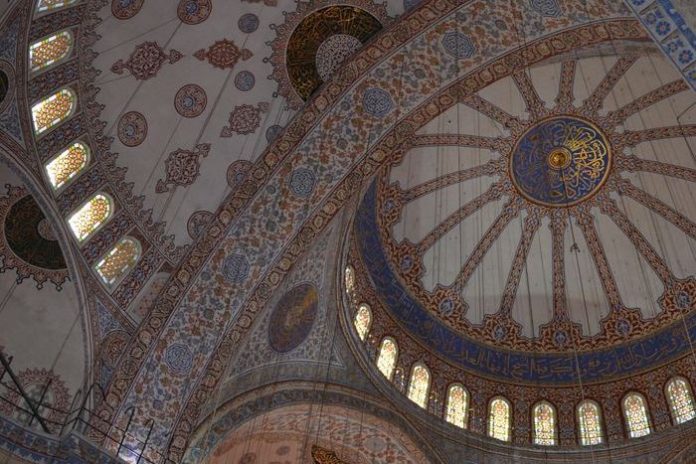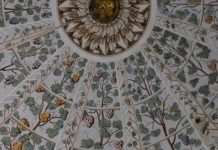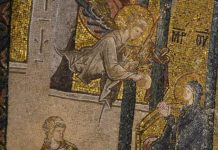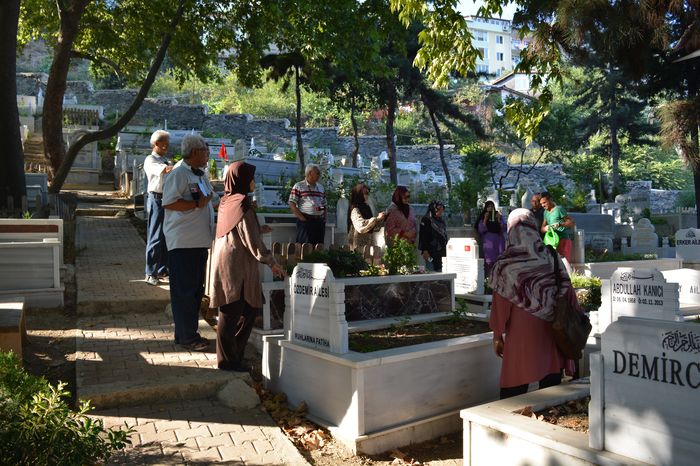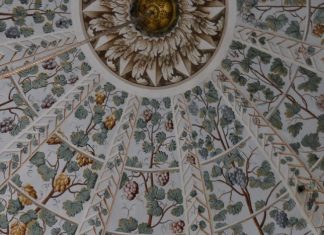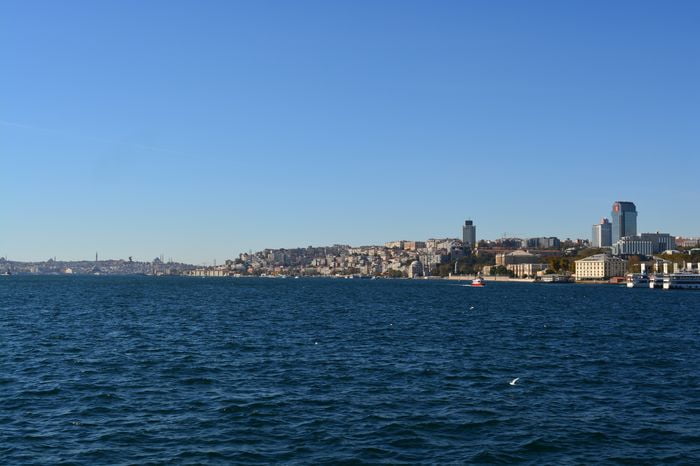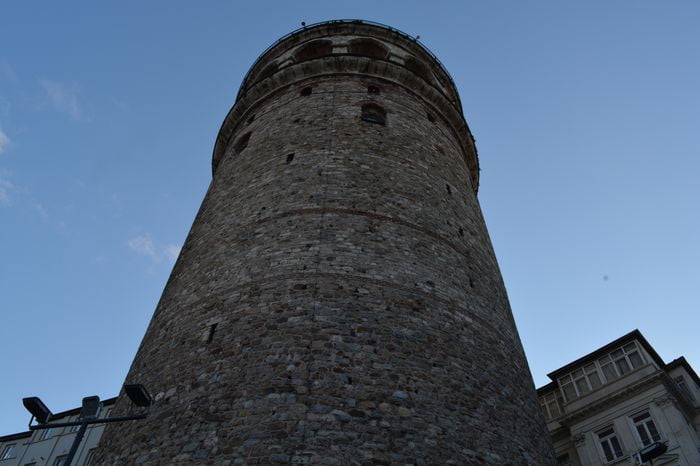Dolmabahçe Palace, commissioned by Sultan Abdülmecit between 1843 and 1856, stands as a magnificent testament to Ottoman architectural splendor. With its intricate design and opulent interiors, the palace holds significant historical importance. Let’s delve into its fascinating history and architectural features.
The Palace’s Layout
Dolmabahçe Palace comprises three distinct sections: the Mabeyn-i Hümayun (government administration section), Harem-i Hümayun (private living quarters of the sultan and his family), and the Muayede Hall (where the sultan convened with high-ranking officials during holidays and government festivities). This layout reflects the hierarchical structure of Ottoman society and governance during the 19th century Unveiling the Magnificence of Topkapi Palace A Jewel of Ottoman Heritage
.
Architectural Design
The main structure, located parallel to the water, spans three stories, including a basement. In contrast, the section extending towards the mainland houses the harem offices across four stories, including an attic. Covering an expansive area of 45,000 square meters, the palace boasts 285 rooms, 44 halls, and 6 hamams (bathhouses). While European palaces served as inspiration for its construction, the harem was uniquely established as a separate section, both functionally and in terms of interior design.
Historical Significance
From its inauguration in 1856 until 1924, Dolmabahçe Palace served as the residence for six sultans and the final Ottoman Caliphate, Abdülmecit Efendi. Following the abolition of the caliphate in 1924, the palace served as the office of the President of the Republic from 1927 to 1949. Mustafa Kemal Atatürk, the founder of modern Turkey, utilized Dolmabahçe Palace during his stays in Istanbul from 1927 to 1938 and passed away here in 1938 Guided Istanbul Tours.
Transformation into a Museum
Initially opened for visits and ceremonies from 1926 to 1984, Dolmabahçe Palace officially became accessible to the public as a museum in 1984. This transition allowed visitors to immerse themselves in the rich history and cultural heritage preserved within its walls, offering insight into the grandeur of the Ottoman Empire and the transformation of Turkey into a modern republic.
Preserving Ottoman Legacy
As a museum, Dolmabahçe Palace continues to serve as a beacon of Ottoman grandeur, attracting visitors from around the world. By preserving its architectural beauty and historical significance, the palace ensures that the legacy of the Ottoman Empire remains alive and cherished for generations to come.
